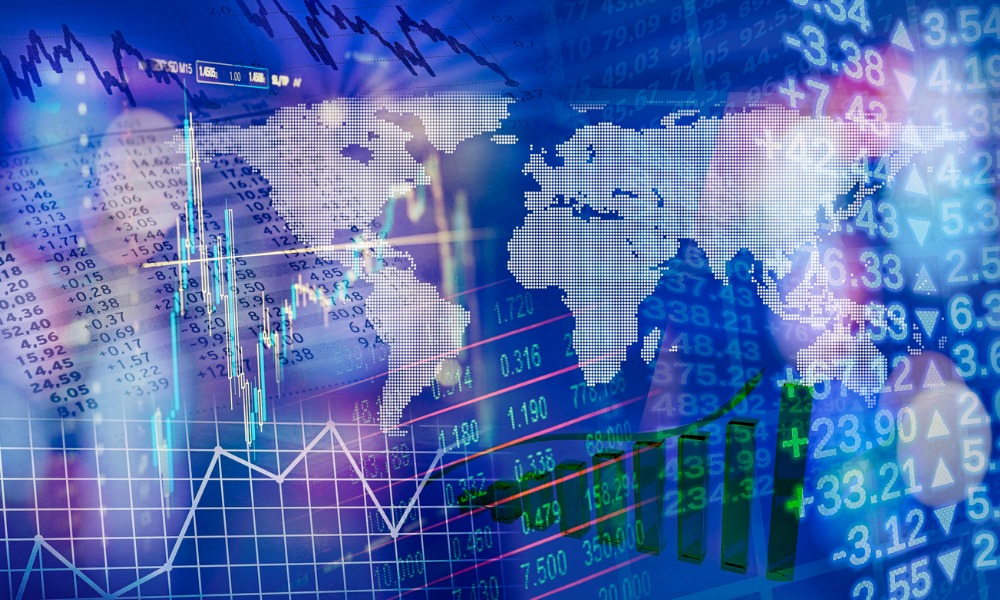The global ratings firm believes the recovery of the global economy should prevent a debt crisis

Fears of a global debt crisis are unlikely to become reality due to the continuing growth of the global economy.
S&P Global Ratings says that although the global debt-to-GDP ratio is high, there should not be a crisis anytime soon. It notes that the debt-to-GDP ratio has been rising for several years, although the pandemic has exacerbated it.
To the end of 2020, the ratio was an estimated 267% of GDP, around US$201 trillion, it is expected to ease by the end of this year to 258% and then steady at roughly 255-256% in 2022-23.
This easing of global debt depends on the shape of post-pandemic recovery.
S&P is predicting global growth of 5% (real GDP) in 2021 with 4.0% in 2022 and 3.6% in 2023. The recovery is predicated on a successful vaccine rollout, availability of credit, and adjustments in corporate, government, and household spending and borrowing patterns.
There is still risk
While a near-term debt crisis should be avoided, there is default risk from the high-leverage.
There could be default levels unseen since the financial crisis in 2009 with some sectors such as aviation and leisure facing delayed recovery of credit metrics due to heavy debt burdens.
The firm’s baseline expectation is for the US trailing 12-month speculative-grade corporate default rate to rise to 7% by year-end, from 6.6% in December 2020. For Europe, the equivalent expectation is 6.5%, from 5.3%.
There are risks to these expectations though including disorderly reflation, rising rates, wider credit spreads, or more virulent virus strains.
Rising interest rates will have an impact on prices for financial and real assets and normalization should be factored in by investors. Rising US yields are also in focus.
"A normalization of interest rates owing to a strong COVID recovery is natural," said S&P Global Ratings Senior Research Fellow Terence Chan. "That said, the speed and volatility of the path towards normalization is more of a concern."
The report notes that: “A rapid and volatile reset of investors' risk-return expectations could result in a sharp repricing of financial and real assets, rising debt-servicing costs (hitting borrowers that assumed rates would be "lower for longer") and drying up funding accessibility for some borrowers.”



